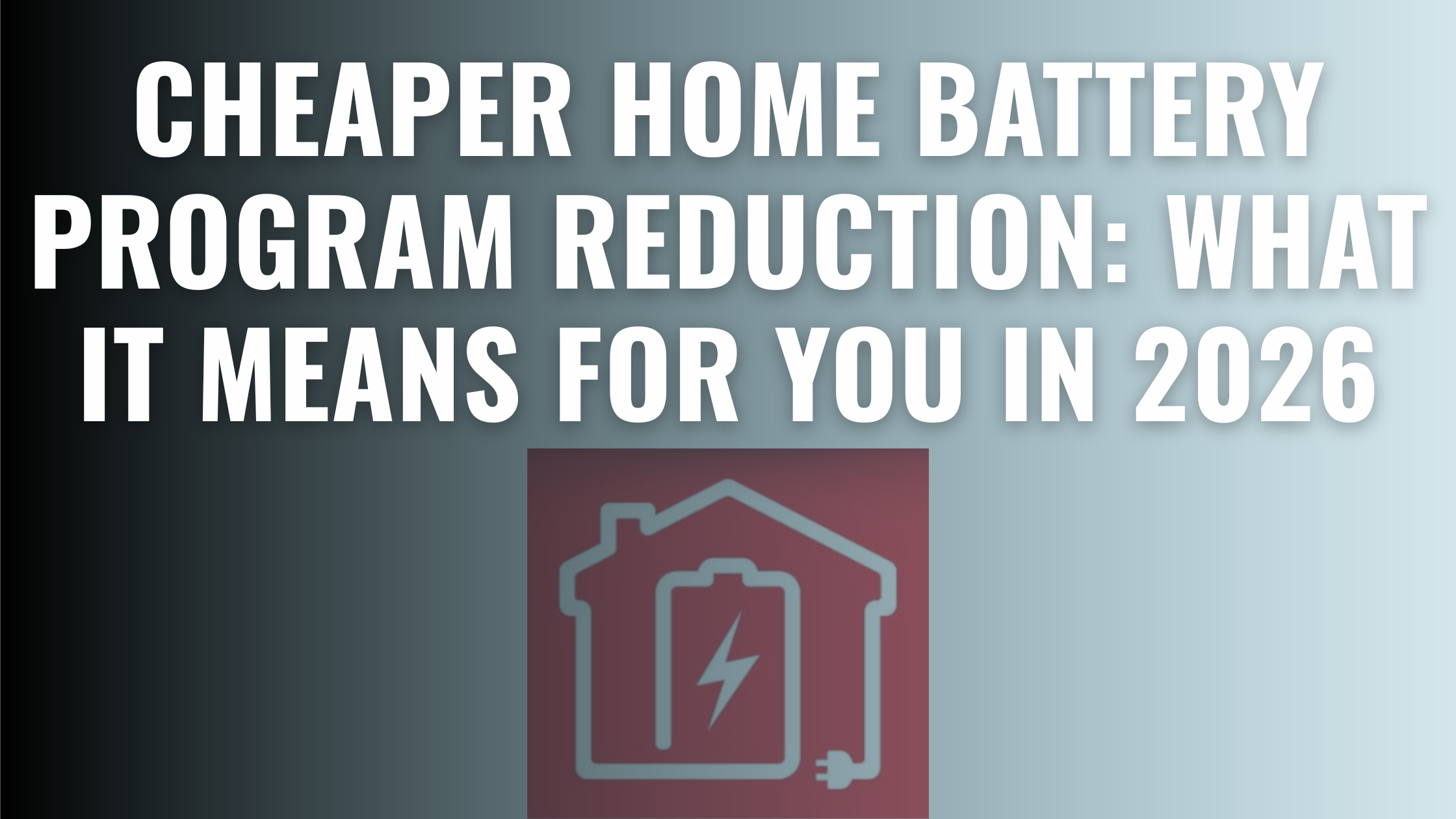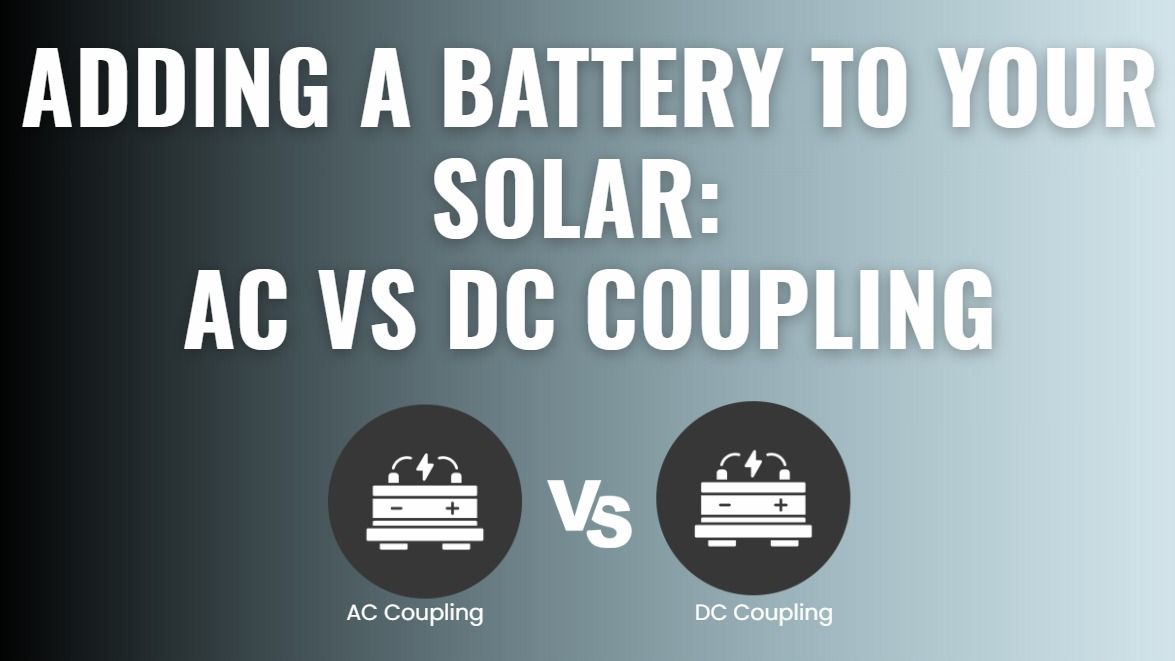
Written by Donna Wentworth
Last Updated: October 16, 2024
Aiko Neostar 2P Solar Panels: Everything You Need To Know
You’ve probably heard the hype by now; there’s a new solar panel on the market claiming to be the most efficient, with some fancy new tech to back it up. And maybe you’re thinking, “Great, another solar brand that’ll probably disappear in a few years.” Honestly, I wouldn’t blame you for thinking that.
The solar industry is crowded, and it’s not uncommon for brands to pop up, make big promises, then vanish when they run out of steam. So, how do you know Aiko won’t be just another one of those?
We were pretty sceptical ourselves when we first heard about Aiko’s bold claims. But after testing out their Neo 2P panels in real-world conditions, we’ve got to say, we’re impressed.
Now, because we do actually use Aiko Neostar solar panels, we won’t pretend this article is 100% unbiased. Instead we will share our thoughts on Aiko and specifically the Aiko Neo 2P Solar Panels.
In this article, you’ll learn:
- Who is Aiko?
- Key Stats on the Aiko Neostar 2P Panels
- What is an N-Type Solar Panel?
- What is ABC Solar Technology?
- Aiko Solar Panels: Award Winner
- How Much Are Aiko Solar Panels
Who is Aiko?
Aiko Solar might be a newer name in the solar world, but it’s made a big impact in a short time. Founded in 2017 and based in China, Aiko has quickly become a key player in solar technology, focusing on improving solar panel efficiency. Aiko started out supplying solar cells to solar panel manufacturers and have now moved into producing their own solar panel line.
In just a few years, Aiko has built a reputation in the industry, supplying panels for large-scale solar projects across the globe, including the Pareto P4 Project in Norway and the Mount Everest Solar Carport. Their success comes from balancing advanced technology with affordability, making efficient solar panels more accessible.
So they might be new to the residential world but they are not necessarily new to the solar world.

Key Stats on the Aiko Neostar 2P Panels
The Aiko Neostar 2P series packs some serious performance and tech, making these panels a real contender in the solar game. These N-type ABC panels are designed to get the most out of every bit of sunlight, even when there’s some shading.
Here’s what you need to know:
- Efficiency: The Aiko Neostar 2P panels hit up to 23.6% efficiency, which is right up there with the best in the industry. That means you get more energy from less space, whether it’s on your home or a commercial building.
- Power Output: These panels deliver between 450W and 485W, so they’ve got plenty of muscle to help you maximise energy production.
- Temperature Coefficient: With a rating of -0.26%/°C, these panels lose less power in hot weather compared to many others out there. If you’re in a warm climate, this is a big deal for keeping your system efficient.
- Durability and Design: Built to last, these panels are resistant to micro-cracks and come with a sleek, black design.
Plus, they’ve got a 25-year product warranty and a 30-year performance warranty, so you’re covered long-term.
All in all, the Neostar 2P series is a strong choice if you’re after high efficiency, durability, and a clean, modern look.
Popular solar panel brands ranked by efficiency – Source: Clean Energy Reviews
What is an N-Type Solar Panel?
N-Type solar panels are a specific type of solar tech that use N-type silicon in their cells, which sets them apart from the P-type panels. The main difference is in how they’re built and how efficiently they turn sunlight into electricity.
Here’s why N-type panels come out on top compared to P-type:
- Higher Efficiency: N-type panels tend to be more efficient because they don’t suffer from Light-Induced Degradation (LID) like P-type panels do. LID is when P-type panels lose some performance after being exposed to sunlight, but N-type panels avoid this, making them more reliable in the long run.
- Better in Low Light: N-type panels also perform better when the light isn’t great, like on cloudy days or early mornings. P-type panels can struggle to keep up in those conditions, but N-type panels handle it much better.
- Longer Lifespan: These panels last longer because they’re less likely to have issues like boron-oxygen reactions. This is a common problem in P-type panels, where the boron and oxygen impurities in the silicon cause defects when sunlight hits them.
In simple terms, this means the panel generates less electricity than it should, and over time, it can lead to a noticeable drop in power output, especially in the early months after installation. N-type panels don’t have this issue, so they hold up better over time.
Aiko’s N-Type ABC panels take full advantage of these benefits. They not only offer higher efficiency but also have that extra durability and reliability, making them a smart choice if you’re looking for long-term solar power.

What is ABC Solar Technology?
Aiko’s ABC (All Back Contact) technology is a key feature that makes their solar panels stand out. In ABC panels, the electrical contacts, which are normally on the front of the solar cells, are moved entirely to the back. This change comes with a few big benefits:
- Increased Efficiency: By moving the contacts to the back, ABC technology cuts down on the metal shading at the front of the panel. With less metal blocking the sun, the cell absorbs more sunlight, which boosts efficiency and energy output.
- Improved Aesthetics: Since there are minimal busbars (those metal strips you see on most panels), ABC panels have a sleek, black look.
- Better Performance in Shading: ABC panels optimise power at the cell level, so if part of the panel gets shaded, it won’t drag down the entire panel’s performance. This is especially useful in spots where shading might be an issue.
- Higher Durability: The back contact design also puts less stress on the solar cells, making them more resistant to cracks and long-term damage. That means these panels are built to last.

Aiko Solar Panels: Award Winner
Aiko has picked up some serious recognition as a top solar panel manufacturer. In 2023, they won the Intersolar Innovation Award for their advancements in solar tech, specifically for their high-efficiency ABC modules. They didn’t stop there though, they also snagged the Red Dot Design Award for their sleek, modern panel design, showing they care about both how their panels perform and how they look.
And to top it off, Aiko received the 2024 ESG Excellence Transparency Award for their efforts in sustainability and social responsibility.
These awards show that Aiko is committed to making solar panels that not only work well but also make a positive impact on the environment.
How Much Are Aiko Solar Panels
When it comes to pricing, Aiko Solar Panels sit in the mid-to-high range compared to other premium brands. They’re more affordable than some of the big names like REC or SunPower, but they do cost more than entry-level options like Risen, JA Solar, or Canadian Solar. That’s because of the advanced technology and higher efficiency you get with Aiko.
The Neostar SP is in the mid-range price bracket, which is one of the main reasons we’ve chosen to install it. In our view, it gives the best balance between price and features in Aiko’s lineup.
For example:
– Our 6.6kW value package solar system with TW solar panels and Sungrow inverter is from $6,993.
– The Neo 2P Aiko solar panel upgrade for the same 6.6kW value package is from $7,403.
That extra $410 is a small price to pay when you consider the added value the Aiko panels bring. With higher efficiency, better performance in shaded conditions, and a longer lifespan. It’s an investment that pays off in both energy production and long-term reliability.

A Cut Above The Rest
So, if you value efficiency, reliability, and long-term returns on investment, (without the hefty price tag that often comes with premium solar products) the Aiko Neostar 2P should definitely be on your radar.
Your next step is to decide on what inverter system you need: String Inverters vs Micro Inverters vs DC Optimisers

